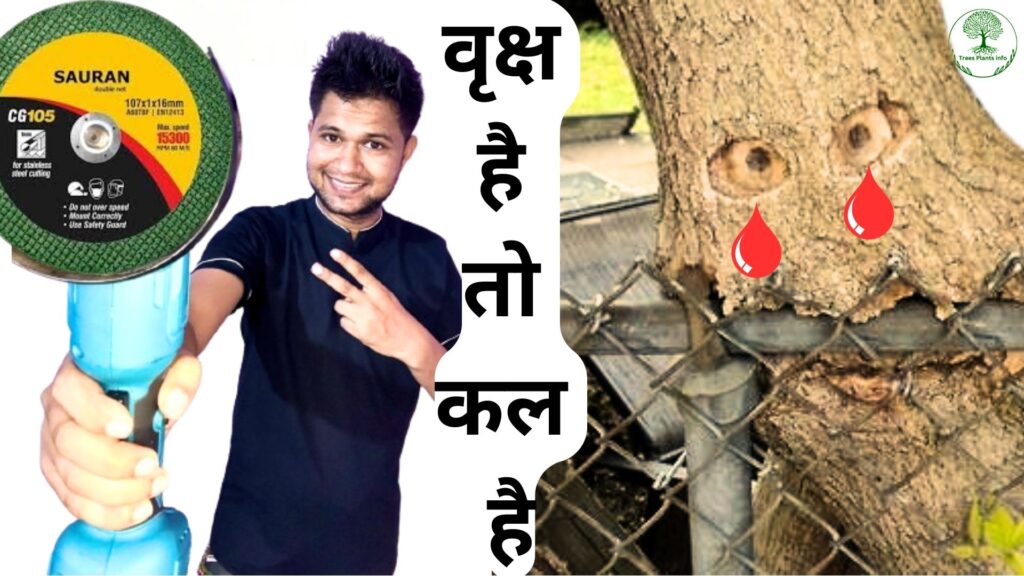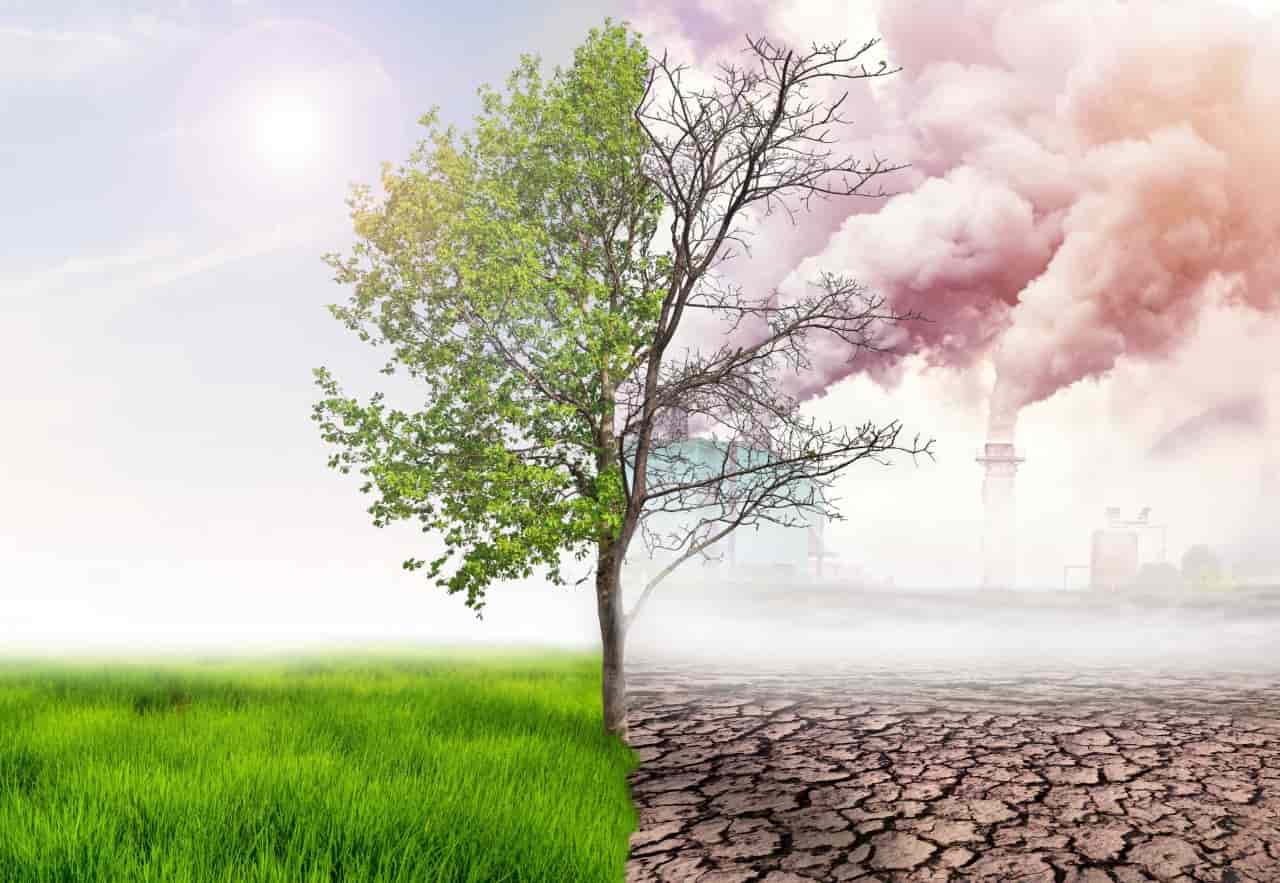This phrase suggests a profound meaning that extends beyond the literal interpretation. It implies that the existence of something enduring and rooted, like a tree, signifies the promise or inevitability of tomorrow or the future. In essence, it encapsulates the idea that as long as there is life and continuity (symbolized by a tree), there is also hope and the prospect of what lies ahead (symbolized by tomorrow). It conveys optimism and resilience, highlighting the interconnectedness of life and time.

Plants say if you saved us today. So we will save you or your future generation. And if you destroy us like this, then you will also be destroyed. The way trees are being cut today and trees are being removed from our homes. There will be a shortage of oxygen in the future. oxygen trees in India Due to this many types of diseases will start spreading among the people and there will be no cure for these diseases. Because harmful gas will start being produced on our earth. The diseases caused by these gasses will prove to have many components. Which will destroy our entire earth, to save us from these glasses. More and more trees will have to be planted, so we suggest that you start planting trees around you. And small plants like Money plants, Tulsi Plants, Aloe Vera Plants, Areca Palm Plants, Snake Plants, etc. In your homes, more oxygen plants and trees Plant air-purifying plants in the living room on the balcony in the ceiling in your homes and enjoy the fresh air. TakeSome people cut us just because we make a mess in their households like our leaves, our twigs, or our deceit.
We give you more than that. Such as fruits to eat, oxygen fresh here to breathe, and the shade of a cool tree. A home for birds or small insects also serves as a house for spiders. best oxygen trees in India
 “12 types of Indian oxygen tree plants in India.
“12 types of Indian oxygen tree plants in India.
We give you more than that. For example, fruits to eat, fresh to breathe, and shade of cool trees. It also serves as a home for birds or small children. That’s why we have to deal with you, don’t bite us just because we spread filth in your house or outside your house. Let all of you know that this is not our filth. The people of the village also cook food on the stove since our time. Or during the winter season, people remove their cold by burning their leaves or branches or those leaves branches which are left after burning them. Our farmer brothers use them in their fields, due to which the crop of the fields is good and the yield is also good. Which saves us from harmful fertilizers, the benefits of trees are many, you will get tired of counting. more info
Trees, being living organisms, do not communicate in verbal language like humans do. However, trees have complex ways of “communicating” with each other and their environment through a variety of mechanisms. Here are some of the ways trees interact and “say” things in a broader ecological sense:
Chemical Notation:
Allelopathy: Trees release chemicals into the soil that can affect the growth of nearby plants. This may be a form of competition, as some trees release substances that inhibit the growth of competing vegetation.
Defense mechanisms: When attacked by insects, trees can release chemical signals to neighboring trees, causing them to produce defensive compounds.
Mycorrhizal Network:
Underground communications: Trees, through their roots, form symbiotic relationships with mycorrhizal fungi. These fungi form a network that connects multiple trees, allowing them to exchange nutrients, water, and even chemical signals. This mycorrhizal network is often called the “wood wide web”.
Air circulation:
Volatile organic compounds (VOCs): Some trees release volatile organic compounds into the air, which can serve as signals to other trees. For example, when a tree is attacked by insects, it may release VOCs that trigger nearby trees to produce defensive chemicals.
Root grafting:
Direct root connections: In some cases, trees can form physical connections through root grafting. This allows them to directly share resources such as water and nutrients.
Wind and Mechanical Signals:
Branch activities: Trees can exhibit physical responses to environmental conditions. For example, leaves can change direction to optimize the absorption of sunlight, and branches can move in response to wind.
Creaking and cracking sounds: The movement of branches and trunks in the wind can produce sounds which, while not communication in the conventional sense, are the result of the tree’s response to external forces.
Adaptation to stress:
Symptoms of drought stress: When a tree experiences drought stress, it may undergo physical changes that indicate it is in distress. This may include changes in leaf color, premature leaf drop, or altered growth patterns.
Although trees don’t communicate like humans do, their interactions with the environment and each other are complex and fascinating. Various methods of signaling and feedback allow trees to adapt, survive, and thrive in dynamic ecosystems. Scientists are working to unravel the complexities of these interactions and their ecological significance.